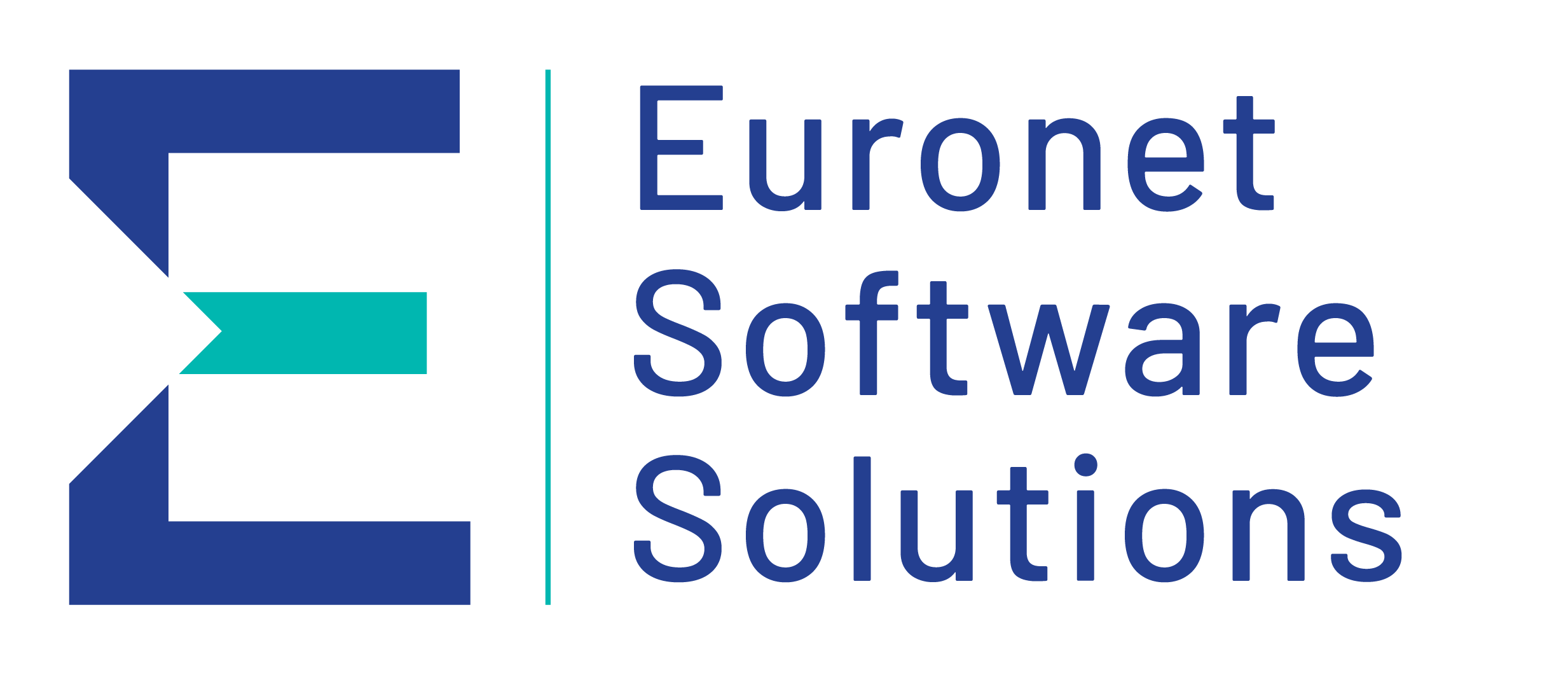Interactive Teller Machines (ITMs) are gaining popularity in the United States, and many banks are considering adopting these highly functional devices. ITMs go beyond cash withdrawals, check and cash deposits, account transfers, and bill payments, offering services like account opening, loan applications, and financial advice. With an ITM, your customers can experience live interaction with a video teller who may provide additional information and assist with transactions.
ITMs reduce the need for typical branch resources and offer bank services to underserved communities unable to support a physical branch bank. They provide considerable savings in both real estate costs and payroll. In addition, they may attract customers who wish to conduct their banking business outside office hours.
However, many banking institutions are skeptical about deploying ITMs. Concerns include:
- Hardware expense – multiple times the cost of an ATM
- Specialized software and equipment
- Strong bandwidth is important for efficient communication
- Expanded Call Center
- Extend Call Center hours
- Possibly upgrades to the infrastructure
- Terminal maintenance with specialized technicians
Importantly, customers may not like the new technology and underuse it.
So, how does a Financial Institution decide whether to proceed with ITMs? One factor affecting the decision is the geography of the bank. In some countries, the public is happy to interact electronically, while in others, customers want face-to-face interaction. Further, the telecommunications network is more suitable in some countries than others. It will be a waste of investment capital to install ITMs in rural areas if poor broadband creates a negative customer experience.
Banks should have a clear strategy for how they would like to serve their customers. Using a traditional branch mode? Digitally through internet and mobile apps? Or is it a more omnichannel approach? If the bank pursues one of the first two options, an ITM will not contribute to the overall strategy of the bank. But, if the bank wishes to present an omnichannel profile, ITMs could be the way to go.
Sometimes, an incremental approach to full self-service terminals can provide insight into their suitability for your bank’s client portfolio. Before investing in new hardware, software, or expanding a call center, leverage your existing ATM network to show customers the myriad of transaction possibilities on conventional ATMs. If clients embrace these transactions at the ATM, they may be ready to accept account services via a video banker through ITMs.

